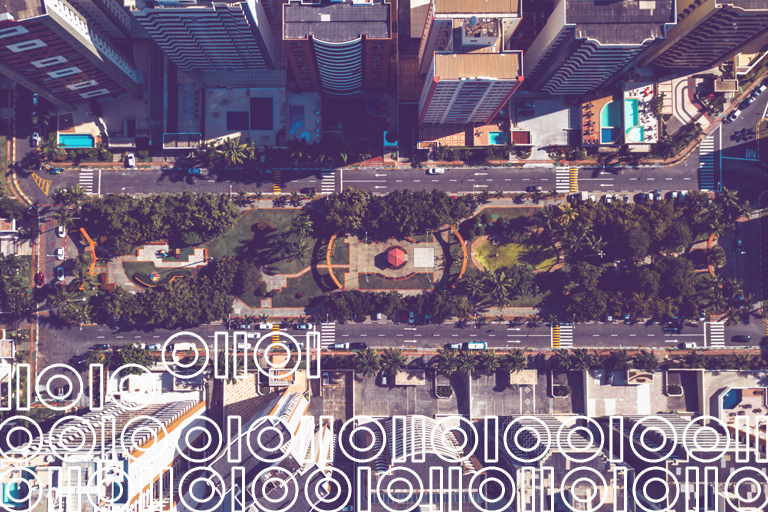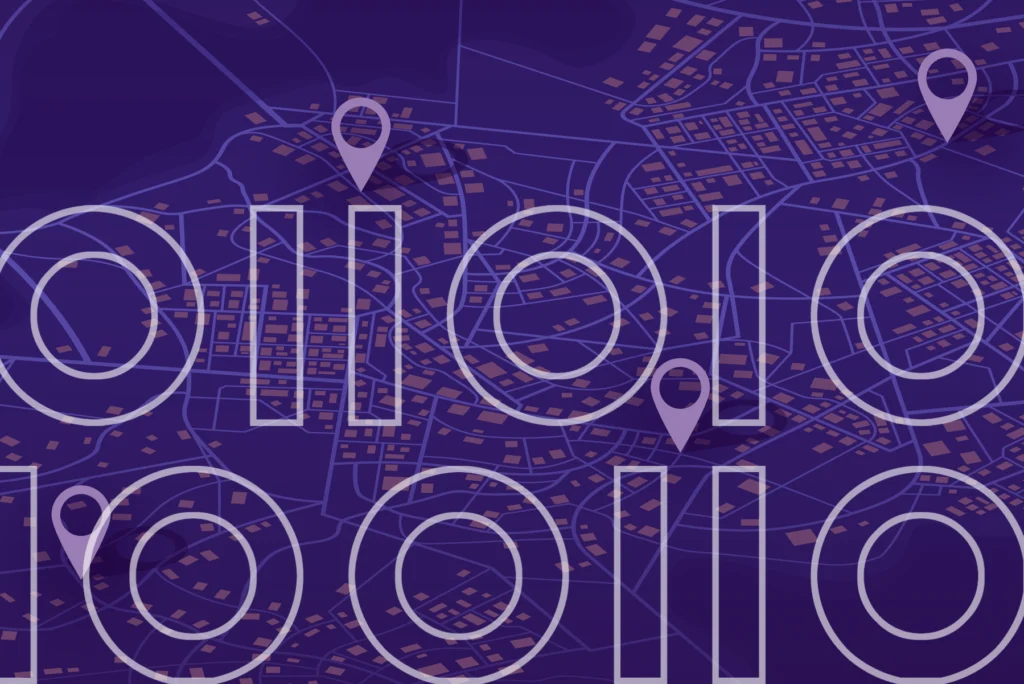Address data: for many businesses, it falls into one of two categories – a valuable asset, or a major (and costly) headache.
What makes address data so challenging for those that fall into the latter category? Well, address challenges can often be traced to human error. We may be constantly glued to our computers and phones, but typos are still inevitable. And when it comes to addresses, even one small, missed keystroke can have big implications.
So, if your address data falls into the “major headache” category, how can you get your addresses in order and maximize their potential instead? The solution is geo addressing value. Let’s explore this concept, the value it brings to your organization, and how it’s accomplished.

What is Geo Addressing?
Geo Addressing is a combination of three processes related to an address:
- Address verification
- Geocoding that, ideally, also appends a unique, persistent identifier
- Address autocompletion
These geo addressing capabilities ensure that the addresses you rely on for various business initiatives are verified, standardized, and cleaned for maximum accuracy. Then, each address is associated with a hyper-accurate geocode or location (latitude/longitude), and can also be assigned a unique, persistent identifier.
Identifiers, such as the PreciselyID, play a powerful role in data analysis and enrichment. In the same way a D-U-N-S number removes ambiguity about a business’s identity, a unique identifier resolves questions about a location. It can help to simplify the multiple components of an address that vary by country, region, and language by consolidating an address into a simple code – providing easy access to a wealth of data and insights.
Enriching address data with relevant context related to points of interest, neighborhood boundaries, building footprints, demographics, flood or fire risk, and more, is easier when you connect IDs, fueling faster, more powerful insights and analytics. It also ensures your addresses are ready to operationalize when and where you need them.
Lastly, address autocompletion enables the lookup of an address, geocode or unique ID from partial keystrokes, elevating analytics and usability.
Read our eBook
The 6 Capabilities You Need in a Geo Addressing Solution
Read this eBook to explore the considerations for selecting a geo addressing solution that supports a winning location intelligence business strategy.
Now, let’s look at a few geo addressing use cases.
Geo Addressing in Action: 3 Valuable Use Cases
77% of data and analytics professionals surveyed cite data-driven decision-making as the leading goal of their data programs. But 41% say poor address data quality is the top challenge to the effective use of location data for those decisions.
Trusted data is more important than ever, and to achieve that trust you need data integrity: maximum accuracy, consistency, and context. Geo addressing value helps strengthen the overall data integrity journey, regardless of your unique uses and objectives.
Address data that’s accurate and rich with context fuels better decisions across various use cases. Here are three to know about:
- More accurate risk assessment. Let’s say you’re an insurer that needs to lower overall policy risk. This requires pinpoint accuracy and context on the properties you’re covering – knowing where the policies are located, down to the parcel or building level, along with their proximity to various kinds of risk.
The context and enrichment powered by unique and persistent identifiers, such as the PreciselyID discussed above, allow you to seamlessly append the information you need to each address, answering questions like:
- How far is the property from a fire station in case an emergency response is needed?
- Is it close to the coast, making it more vulnerable to events like hurricanes and tsunamis?
- Is it in a flood zone, or perhaps an area with a history of earthquakes?
With access to property-based insights like these, insurers can make better-informed decisions that produce more accurately priced policies.
- Stronger targeting and better customer experience. Today, personalization is everything. In the eyes of your customers, it’s no longer just a “nice to have” – it’s an expectation. They want to receive messaging and offers that are relevant to who they are and what they need.
Geo addressing customer data helps reveal patterns that deliver on these expectations so you can gain customer loyalty and stay ahead of the competition.
For example, identifying that a customer’s daily commute passes by your store may lead you to send them special mobile offers; Smart autocomplete features that return a suggested list of complete addresses based on partial address keystrokes provide a more seamless checkout, shipping, or billing experience on your website.
- Timely, error-free last-mile deliveries. Another consumer demand today is fast, affordable, and error-free delivery – whether for a takeout dinner or a new item from their favorite eCommerce site.
Last-mile delivery is the final step in an item’s delivery journey, typically when it moves from a distribution center to the end consumer. Common challenges within this area – including order processing errors and late and failed deliveries – are often due to incomplete, low-quality addresses.
Hyper-accurate geo addressing capabilities are critical here: you reduce confusion and cart abandonment for your customers with smart autocomplete features that use partial keystrokes to return a suggested list of complete addresses; you build confidence with consumers and delivery drivers alike thanks to property-specific context and intelligence (knowing the unit number or drop-off spot when delivering to an apartment complex, for instance).
These use cases provide just a peek into the world of possibilities that geo addressing creates.
Simple tools to ensure the most accurate and high-quality address and location data for your business initiatives
Feeling ready and inspired to unlock the most accurate and high-quality address and location data for your initiatives?
Whether you want to extract location-based insights through cloud-native/big data analytics, formulate a more effective marketing strategy based on the demographics of a target area, or determine the most efficient routes for product deliveries, accurate and contextualized data provide the foundation for success.
Choosing a flexible solution will save you potential headaches and unexpected costs later. Don’t wait – better decisions and bigger competitive advantage are ahead. Unlock the power of geo addressing today and transform your tomorrow.
Read our eBook The 6 Capabilities You Need in a Geo Addressing Solution to explore the considerations for selecting a geo addressing value solution that supports a winning location intelligence business strategy.







